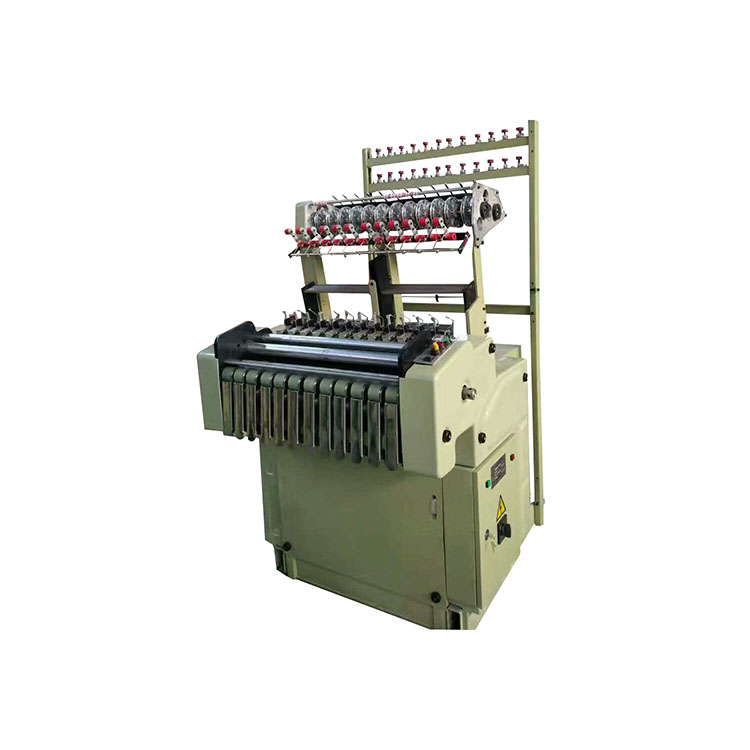A ribbon loom is a machine used to produce various webbings, which consist of various parts and components. Below, I will describe the main components of the ribbon loom in detail to better understand the structure and working principle of the machine.
Support frame: The support frame is one of the important components of the ribbon loom. It is generally made of steel materials. Xuzhou Qixing Machinery Co., Ltd. points out that it can bear the full weight of the machine and maintain the balance and stability of the machine.
Extender: This component is used to control the fabric tension of the machine and usually consists of a series of tension wheels and pull wires. By adjusting the tension of the tension frame, the fabric can be made smoother, thereby improving the quality of the webbing.
Weaving system: It is the core system of the ribbon loom, including the main power and transmission system of the ribbon loom, and is the key to realizing ribbon production. The weaving system generally includes key components such as winches, weft machines, needle bars, and bottom plates.
Electronic controller: This component is used to control various functions of the ribbon loom, such as the rotation speed of the motor, the adjustment of ribbon tension, etc. Controllers often have multiple control modes that can be adjusted according to different production requirements.
Electric motor: The electric motor is the main power source of the ribbon loom, usually using a DC motor or an AC motor. The speed and power of a machine usually depend on the number of poles and power parameters of the motor.
Transmission system: The transmission system of the loom is an important device that connects the main shaft and the weaving shaft. It usually includes transmission parts such as belts, pulley sets, and gears.
The above are the main components of the ribbon loom. Different types of ribbon looms may have other components and auxiliary components. It should be noted that the number and form of each webbing machine component may vary to accommodate the needs of different webbing types and different motor powers.

